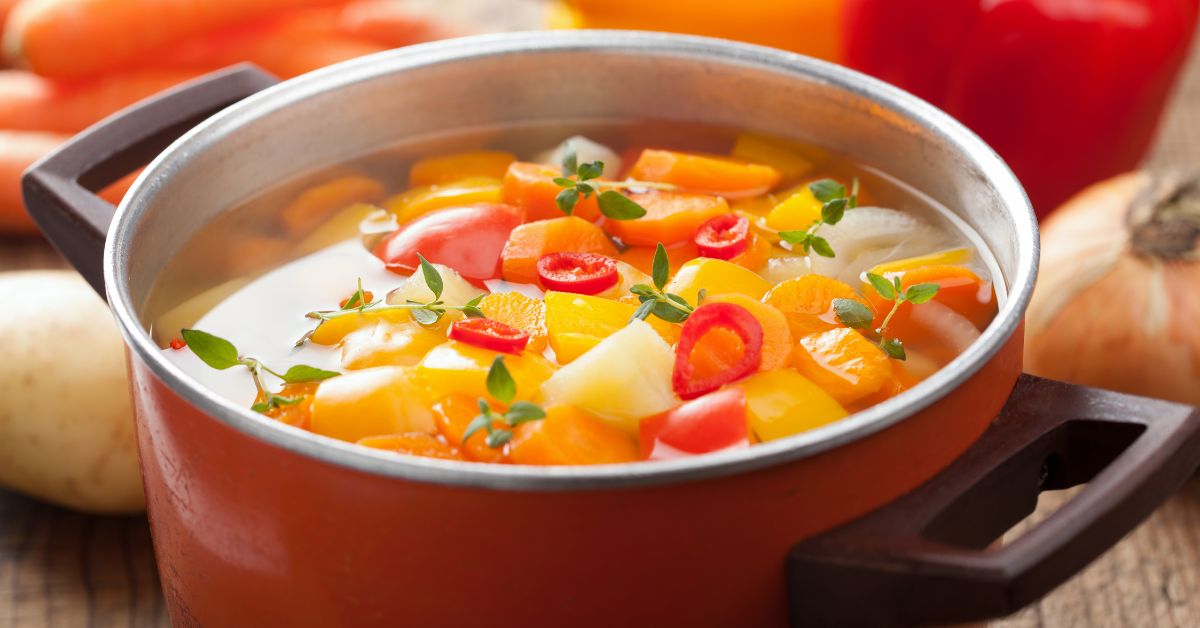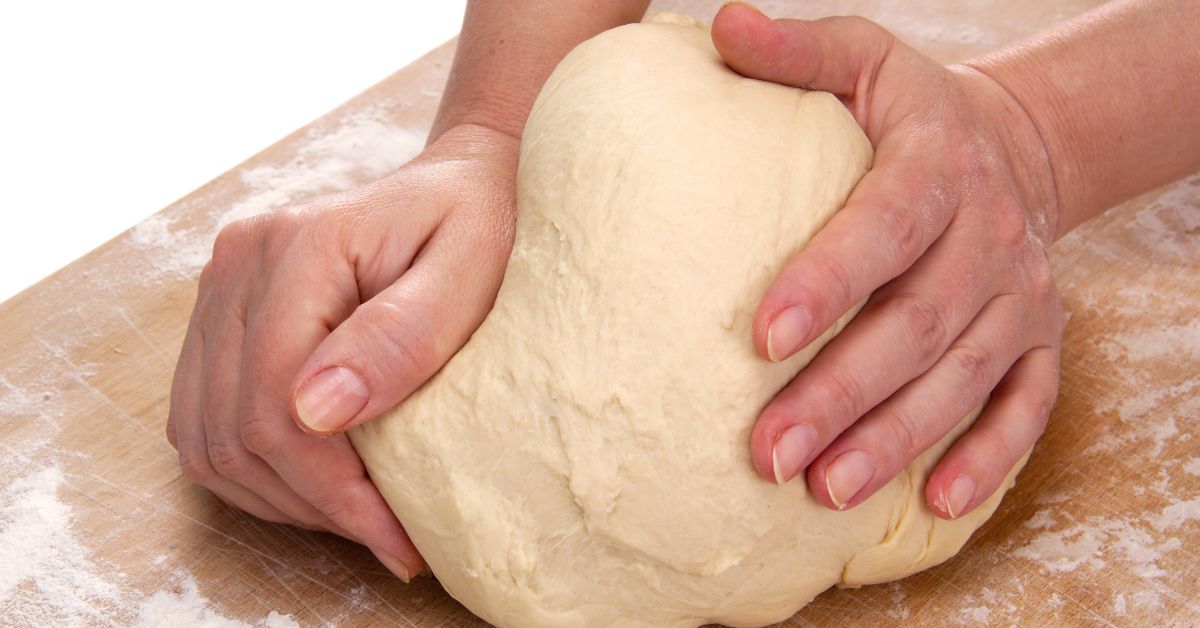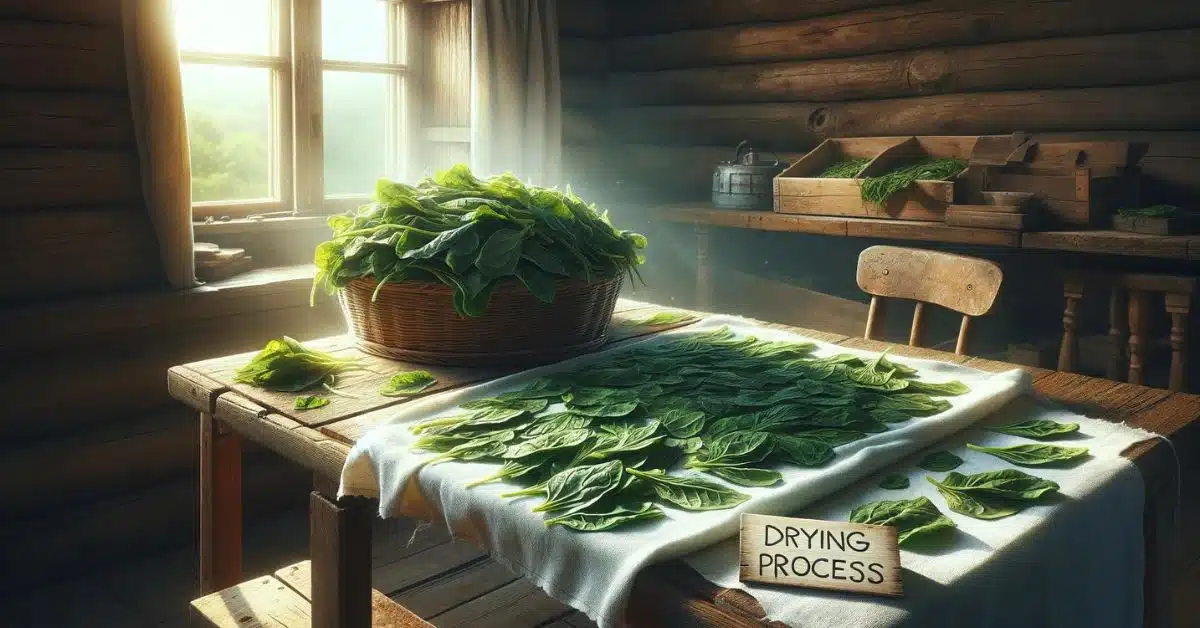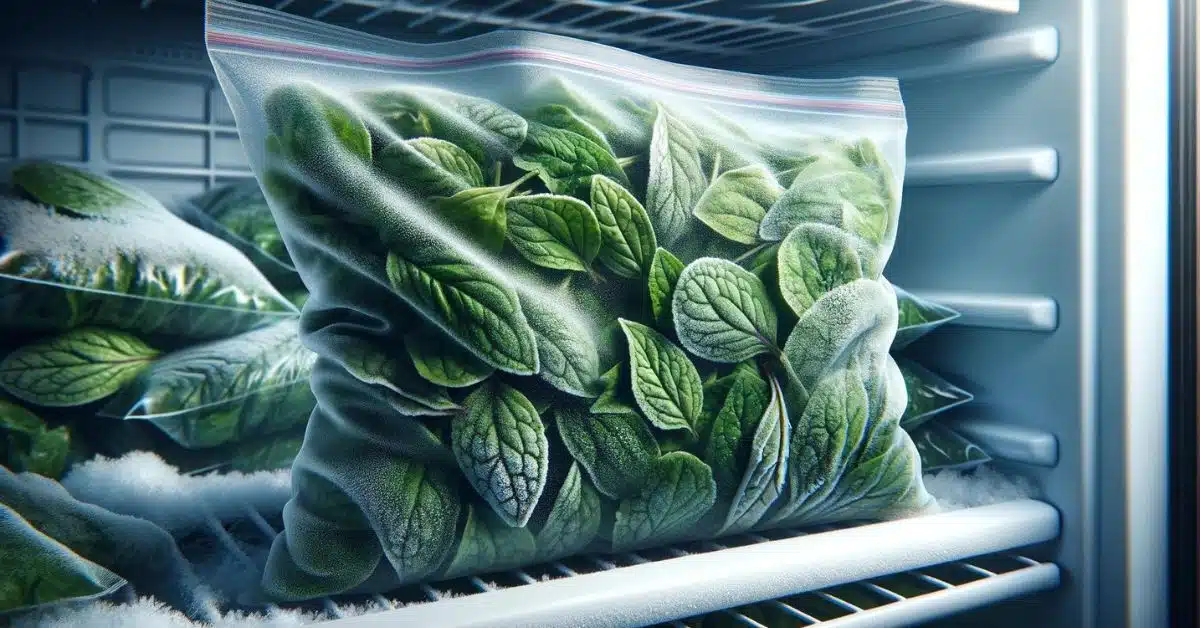Rhubarb, with its characteristic bright red stems and large green leaves, is one of the first messengers of spring in gardens and fresh vegetable markets. This unique gift of nature, technically a vegetable but often used as a fruit, celebrates the transition of the seasons, from the cold days of winter to the warmer and brighter seasons. Rhubarb is not only visually striking, but also offers a wide variety of culinary options that can brighten up spring and summer tables with its distinctive, slightly acidic flavour.
The origin of rhubarb dates back to Asia, where it has been valued for centuries not only for its culinary uses but also for its medicinal properties. Over time, it has found its way to Europe and North America, where it has become a popular ingredient in many traditional and innovative recipes. Whether it’s in sweet desserts such as pies, pitas and crumbles, or creative savoury treats, rhubarb offers chefs and home cooks endless opportunities to experiment and explore its unique flavour profile.
The spring rhubarb harvest is a ritual that many gardeners eagerly await after a long winter. The right time for harvesting, harvesting techniques and post-harvest processing are key aspects that determine the quality and taste of the final dishes. In addition, processing rhubarb, whether it is preserving it, preparing desserts or using it in unconventional savoury dishes, requires skills and knowledge that can transform this humble sprout into a culinary star.
Harvesting rhubarb
When to harvest rhubarb: Rhubarb is usually ready for harvesting from April to June, depending on weather conditions. It is important to wait until the stalks are at least 30 cm in length and firm and juicy. The stems should be bright red, pink or even green, depending on the variety.
How to harvest rhubarb correctly: When harvesting rhubarb, it is important to use the correct technique to avoid endangering the plant and to encourage future growth. Grasp the stem as close to the ground as possible and gently twist and pull it at the same time. This will ‘break off’ the stem, which is better than shearing or cutting as this encourages new stems to grow.
Beware of the leaves: it is important to note that rhubarb leaves are poisonous due to their high oxalate content and should never be consumed. When harvesting rhubarb, remove and discard the leaves.
Processing of rhubarb
Cleaning: after harvesting, wash the rhubarb stalks thoroughly under running water to remove all dirt and soil residues.
Slicing: cut the rhubarb stalks into pieces as desired – usually about 1 to 2 cm in length. Smaller pieces are ideal for pies, crumbles and compotes.
Blanching (optional): for some recipes it may be advisable to blanch the rhubarb first. For some rhubarb recipes, this means submerging it in boiling water for a short time and then immediately transferring it to a bowl of ice water. This process helps to preserve the bright colour and reduces acidity.
Canning: you can also preserve rhubarb by freezing. Spread the chopped rhubarb pieces on a baking sheet lined with baking paper so that they do not touch and freeze. Once frozen, transfer to resealable bags or containers and store in the freezer.
Rhubarb: Tips for use
- Desserts: rhubarb is a classic ingredient in many desserts such as pies, pitas and crumbles. Its slightly sour taste perfectly complements the sweetness of the fruit, especially strawberries.
- Compotes and jams: Rhubarb is excellent for making compotes and jams, which can be used as a filling in cakes, on pancakes or just on toast.
- As a side dish: Slightly sweetened and blanched, rhubarb can be a great accompaniment to meat dishes, especially roast poultry or game portions.
Rhubarb is a truly versatile vegetable that can enrich your spring and summer culinary experiments. With a little care in harvesting and processing, this vegetable can be turned into a variety of tasty and visually appealing dishes. Don’t be afraid to experiment and discover new flavour combinations with rhubarb as the star of your dishes.
Rhubarb, fruit or vegetable? Questions and answers
When is the best time to harvest rhubarb?
Rhubarb is typically ready for harvest from April to June, depending on your geographical location and local weather conditions. The ideal time to harvest is when the stems are firm and at least 30 cm in length.
How can I tell when rhubarb is ripe and ready to harvest?
Mature rhubarb has firm, juicy stems with intense red, pink or even green colour. Mature stems are usually thick and have a glossy surface.
Can I eat rhubarb leaves?
No, rhubarb leaves contain high levels of oxalates, which are poisonous to humans. Always remove and discard the leaves before eating.
How should I store rhubarb properly?
After removing the leaves, wash the stems under running water, dry them and wrap them in a damp paper towel. Place the stems in a plastic bag and store in the refrigerator, where they will keep for up to two weeks.
Can I freeze rhubarb?
Rhubarb is delicious in many desserts such as pies, pitas and crumble. In addition, it is great in compotes, jams and even as a sour ingredient in some savoury dishes.
Can rhubarb be part of a healthy diet?
Yes, rhubarb is low in calories and contains vitamins C and K, as well as fiber, which promotes healthy digestion. Its mild laxative effect can also help with digestive problems.
Are there any tips for preparing rhubarb to make it less acidic?
Blanching rhubarb in sweetened water can help reduce its acidity. Also, adding sweeteners such as sugar, honey or maple syrup when cooking it can increase the sweetness.
Is it safe to eat raw rhubarb?
Yes, raw rhubarb is safe to eat, although its sour taste may not be to everyone’s liking. Many people prefer rhubarb cooked or sweetened.
How can I use rhubarb innovatively in my recipes?
Try adding rhubarb to salads for a sour twist, making it into a refreshing summer lemonade or using it as a base for a tangy sauce for meat dishes. Rhubarb can also be a great addition to a smoothie to boost its nutritional value.



